El Monasterio de Nuestra Señora de la Asunción, now known simply as La Cartuja de Granada, is a Carthusian monastery in the city of Granada. The Carthusian Order once had twenty-four monasteries in Spain, but the majority were closed in 1836 and their lands confiscated and sold. Only four now remain inhabited today: Miraflores (Burgos), Montealegre (Barcelona), Aula Dei (Zaragoza) and Porta Coeli (Valencia).
La Cartuja dates back to 1516 after its construction was ordered by "El Gran Capitán", Gonzalo Fernández de Córdoba, who fought in the Conquest of Granada and the Italian Wars. The monastery was inhabited by monks of the Carthusian order until 1835. The main cloisters and the monks' rooms have not survived, but visitors can enjoy seeing the central cloister, the Refectory, Small Chapels, Old Chapel and the monastery's beautiful Baroque Church. Highlights include:
- The pretty cloisters with orange trees.
- The breathtaking frescoed cupola and huge marble tabernacle of the Sagragario (sanctuary).
- The beautiful Sacristy with its unusual brown and white swirled Lanjarón marble, and cabinets and drawers inlaid with mahogany, ebony, lignum vitae, ivory, shell and silver.
- The gilt and mirrored altar which is said to have some of the bones of San Bruno (Bruno de Hartenfaust), founder of the Carthusian order, embedded in it - We saw these bones - they're bones from each of his arms (in a glass container) topped with sculpted hands.
- Works by Juan Sánchez Cotán, Pedro Atanasio Bocanegra, José de Mora and Antonio Palomino.
The Refectory, Old Chapel, Sala Capitular and Sala de San Pedro y San Pablo house the monastery's collection of ecclesiastical art and it is the Refectory that is of particular interest to Tudor history lovers. The Refectory is a simple white-washed room with vaulted arches, stark in comparison to the rich marble and gold of the nearby church, but on its walls are a number of paintings by the famous Baroque painter and monk, Fray Juan Sánchez Cotán. These paintings tell the stories of Carthusian monks who have been persecuted for their faith, including the Carthusian monks executed by Henry VIII for refusing to recognise him as the Supreme Head of the Church. In the paintings, Sánchez Cotán depicts the monks being brought before Cromwell, some of the monks being imprisoned and chained in an upright position, and others being hanged, drawn and quartered. Click here to read about the Carthusian Monks and Henry VIII.
Here are the paintings of the English Carthusian monks:
And here are photos of some of the other paintings and also the rest of La Cartuja:

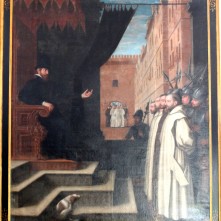
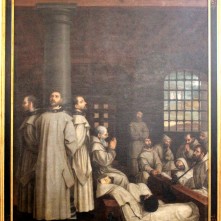
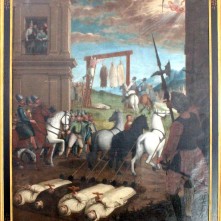
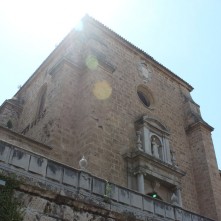
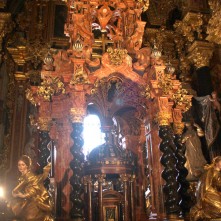
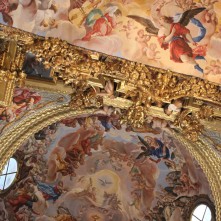
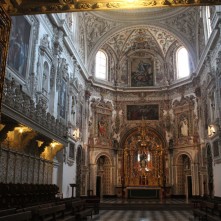
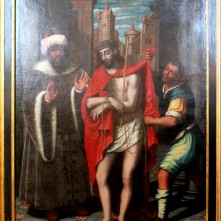
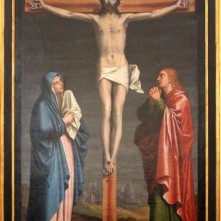
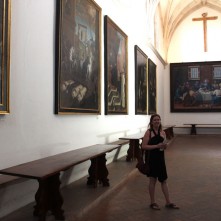
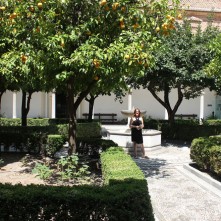
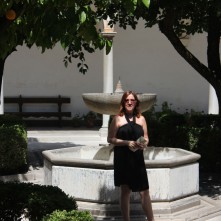
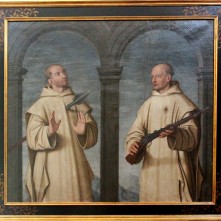
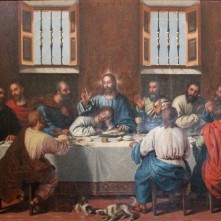
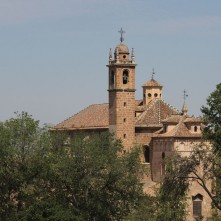
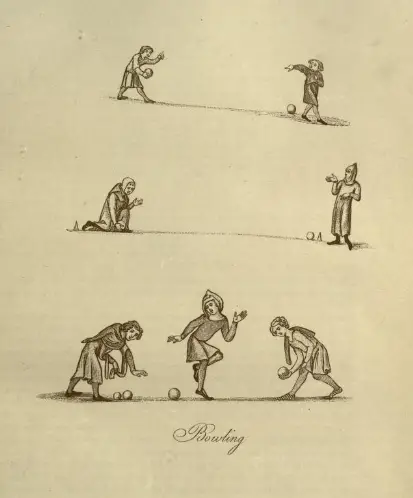
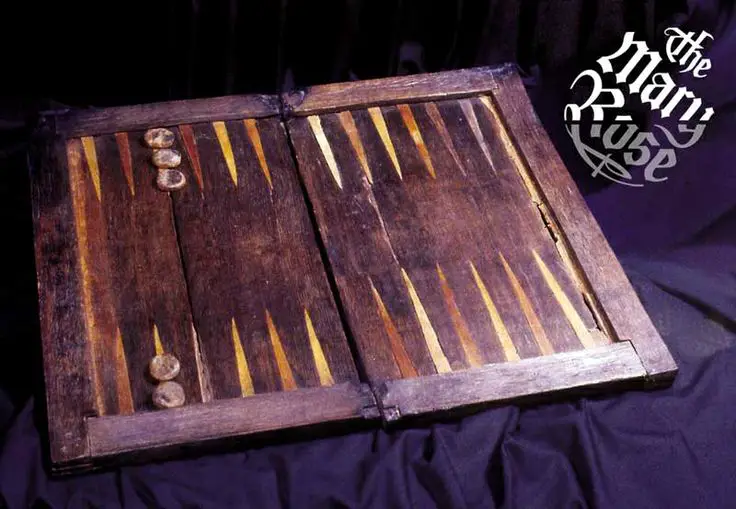
Leave a Reply